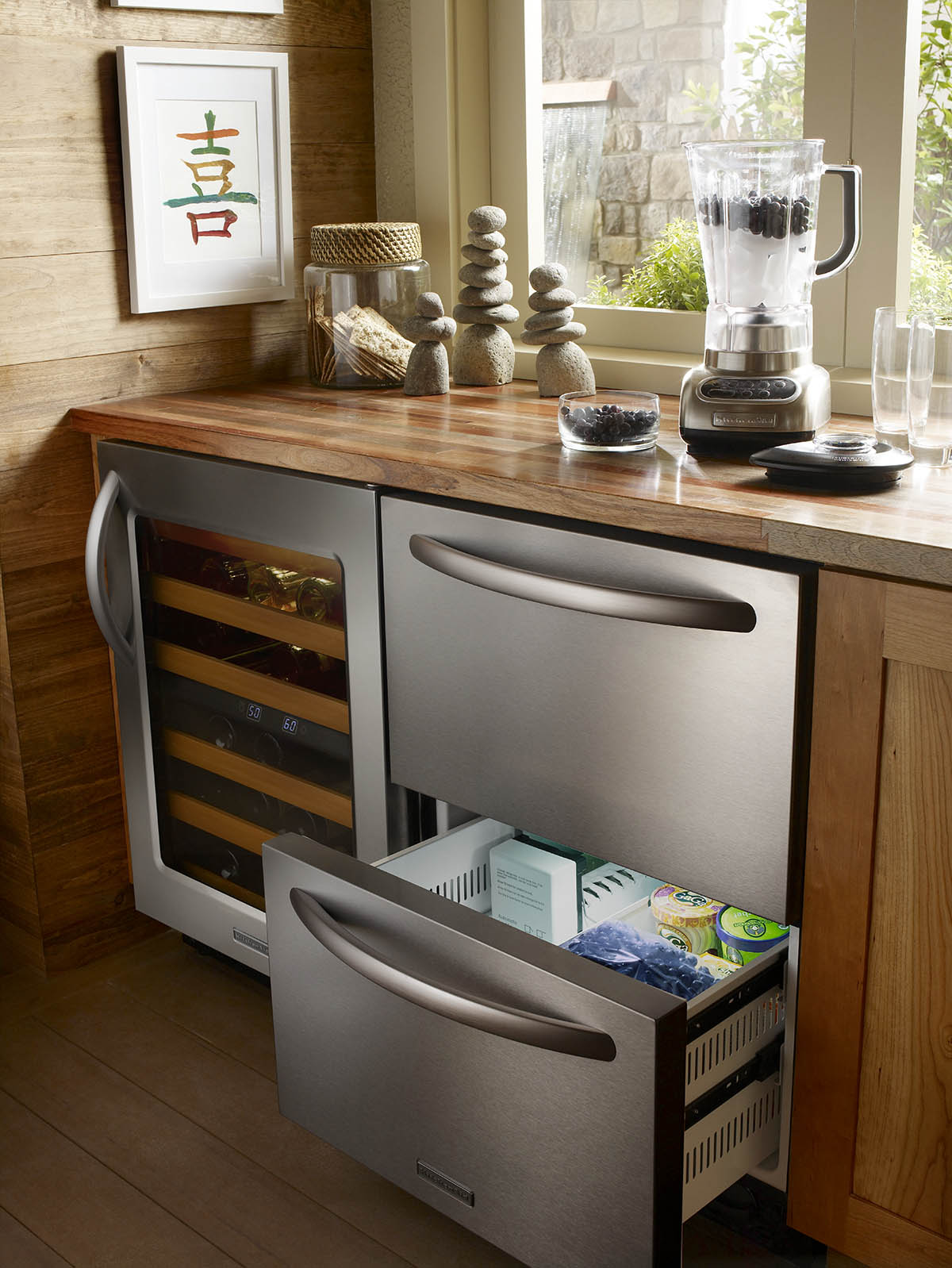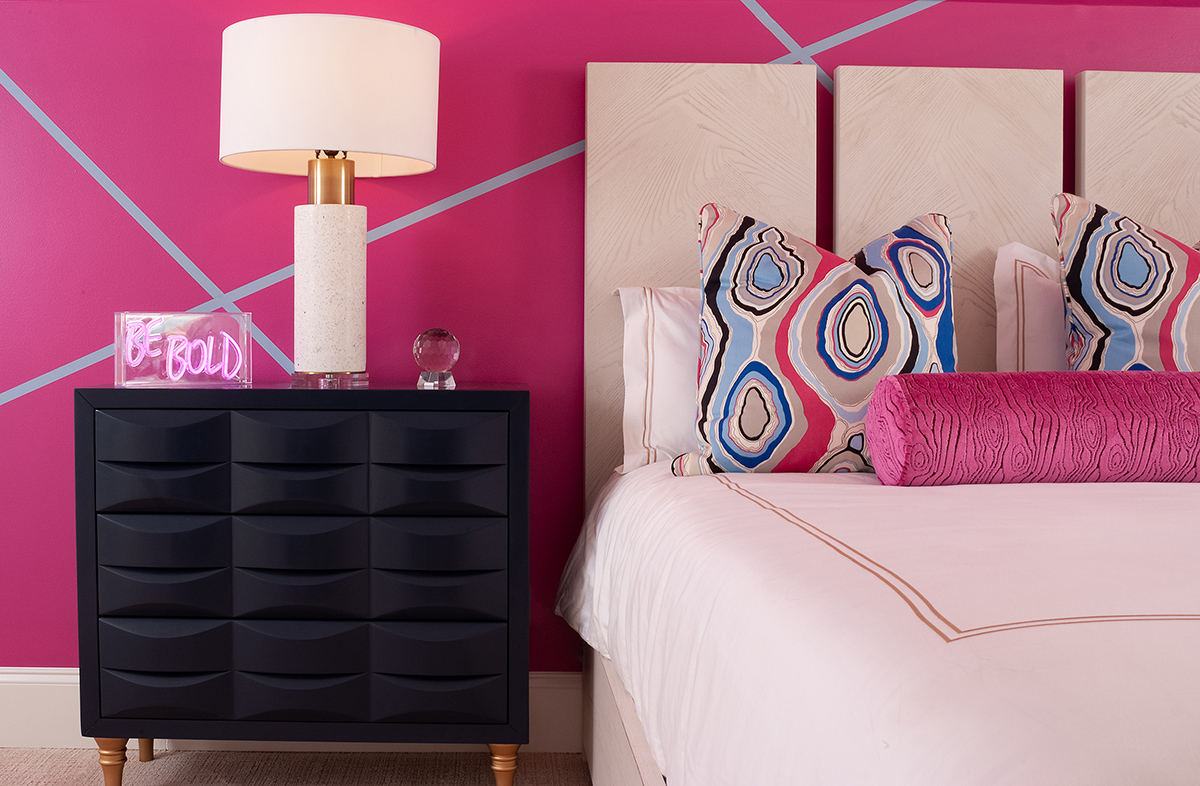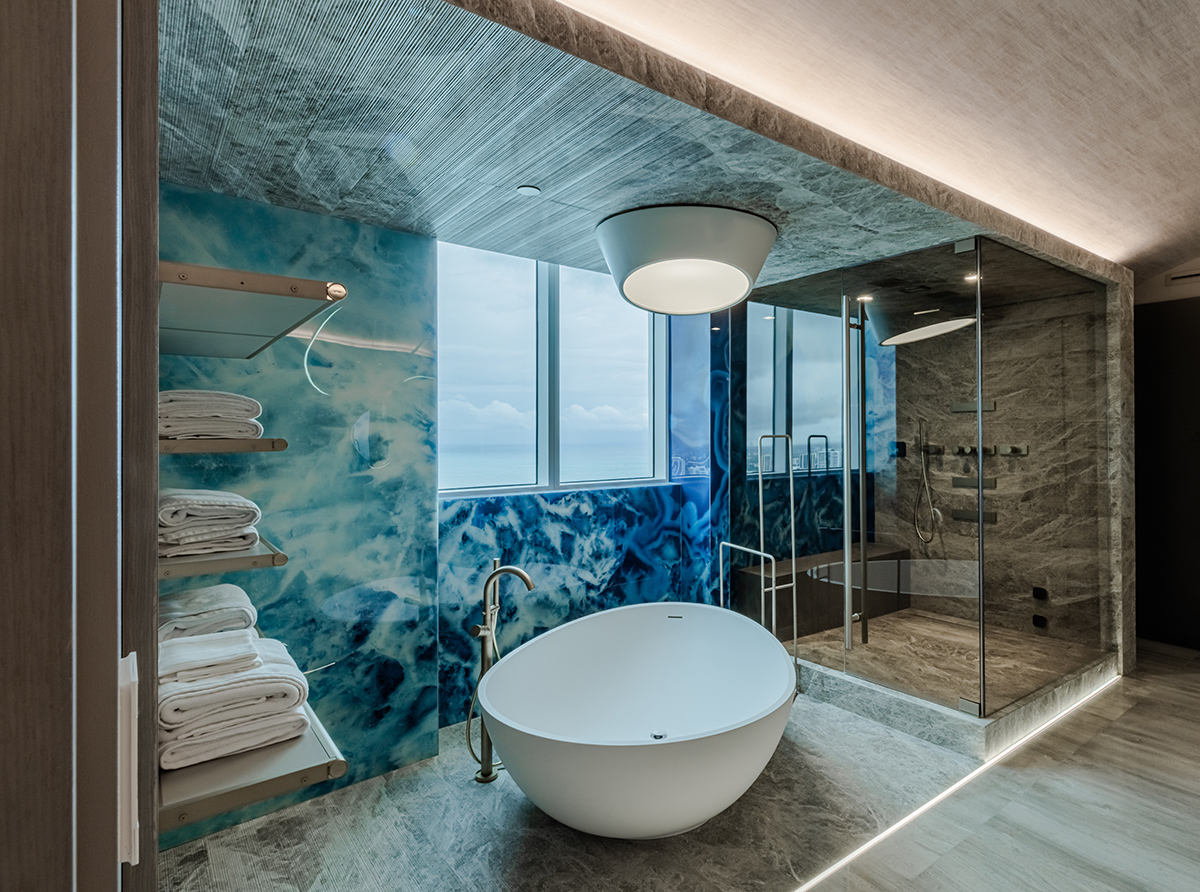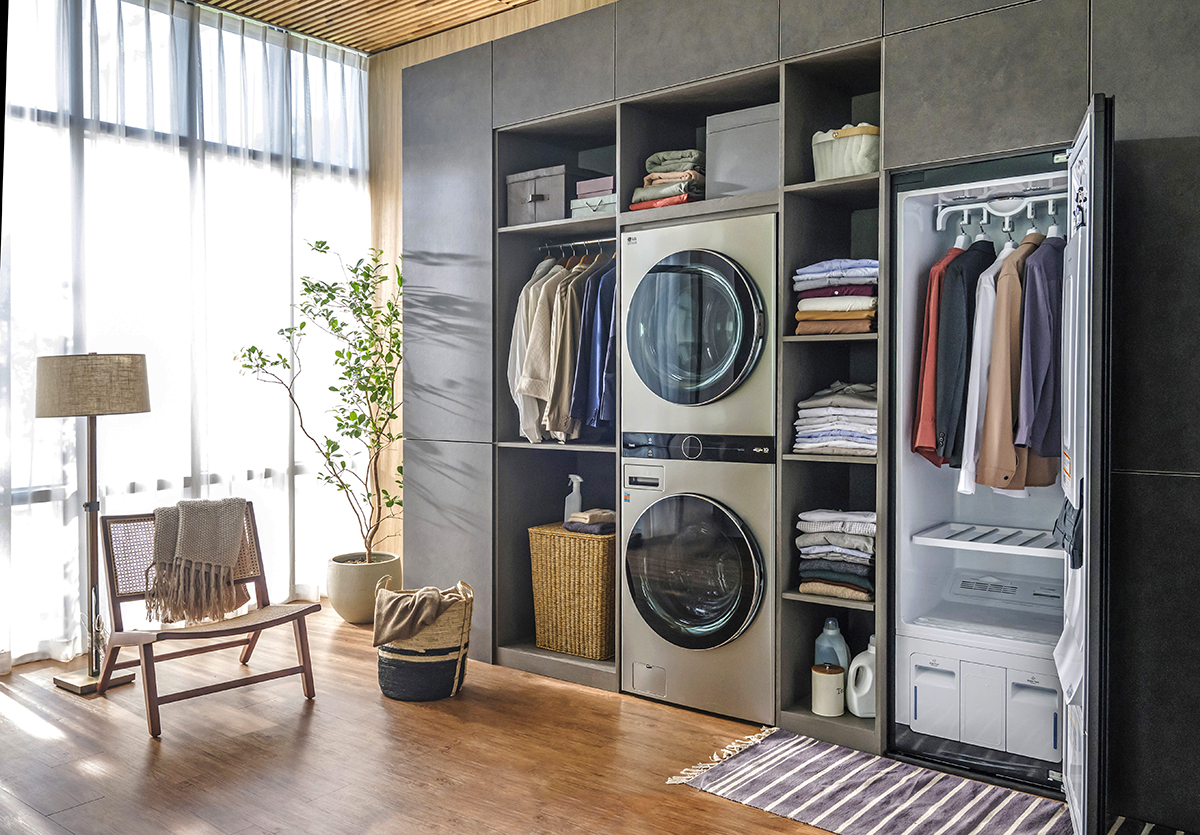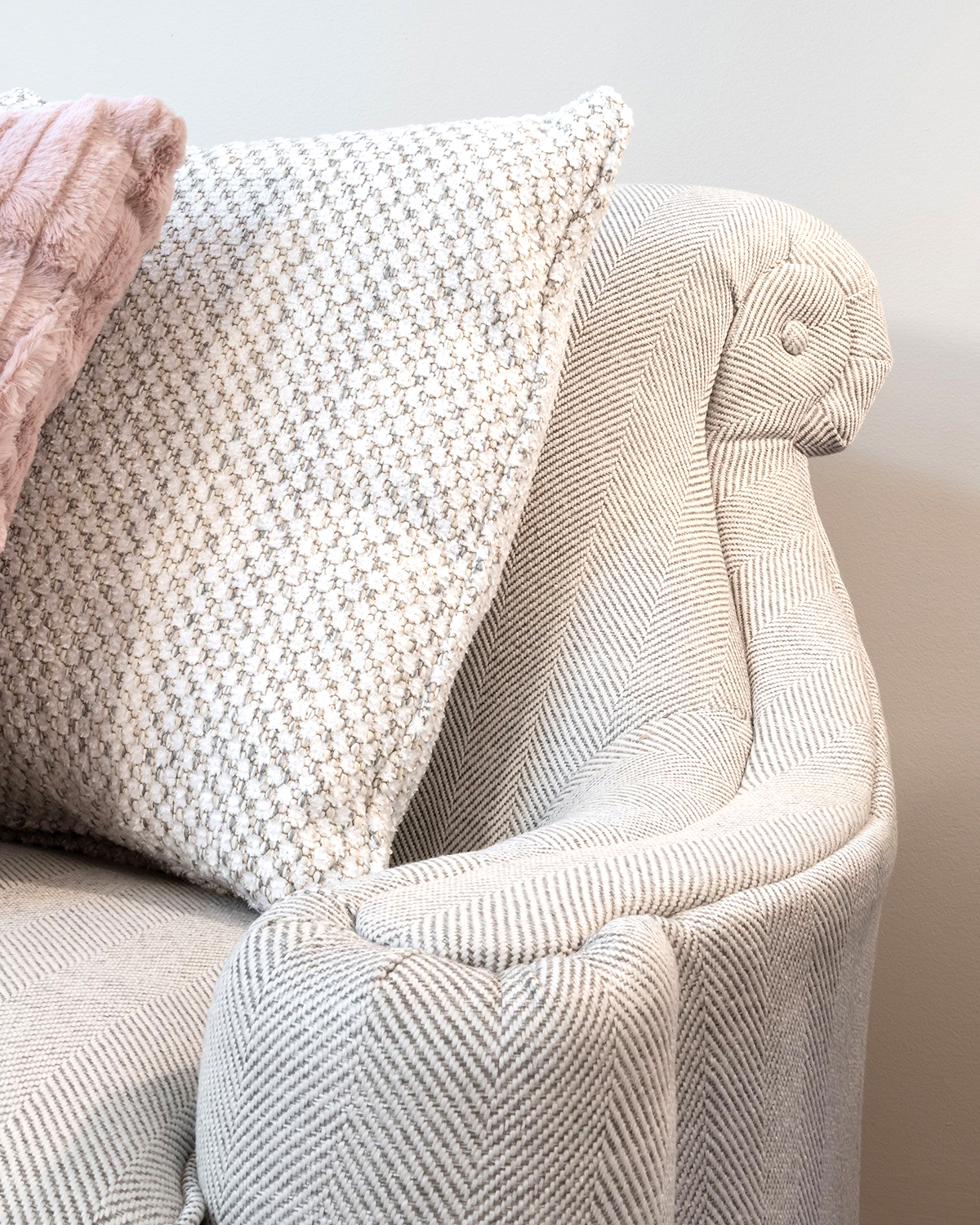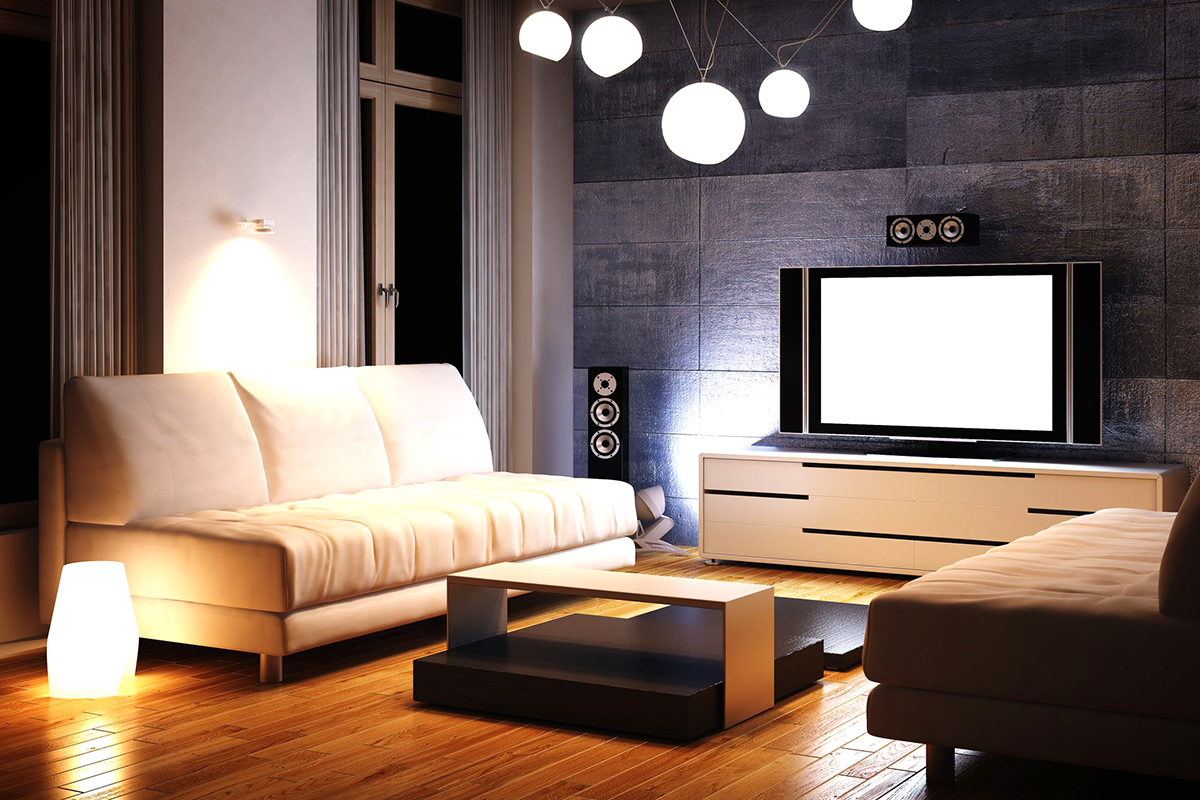WRITER | RYLEE SORRELL
In recent years, lighting has shifted from a design afterthought to the jewelry of a home, a piece of illuminated art. But there is one detail more important than the style, the finish, or the size ― the lightbulbs! Something that can seem so mundane can make all the difference in your home. With hundreds of shapes, bases, color temperatures, and lumens, how do you choose the right one? Let’s dive into that a bit.
As a rule, every lightbulb has information about the bulb printed on it. A quick 101 guide to what the codes mean and what you should look for should help clarify things a bit.
First, you must know what size lightbulb base your fixture needs (the base is the part that screws into the fixture). The two most common are medium (E26) and candelabra (E12), but others you may encounter are bi-pin (G9, GU24, GU10) and mogul (E40). Once the base size is determined, the shape is next.
Unlike the base size, you get to choose which shape best suits your fixture and personal style – flames, globes, tubes, or something even more exotic. The most common for home use are A, B, BR, C, G, R, ST, and T. The teardrop shape you typically associate with the word lightbulb is an A.
After shape comes the size of the bulb, and that will be found after the letters. The numbers refer to a bulb’s diameter in eighth-inch increments. For example, an A-15 is 15/8 of an inch, not quite two inches across. The larger the number, the larger the bulb. There are many sizes of A lamps ― A-15, A-19, and A-21 being the most common, and all will have a medium base. This shape is a classic choice for any location, such as table and floor lamps, bathroom vanities, and flush mounts.
By far, the most popular alternative these days is the ST shape ― the Edison bulb. They offer a unique style, and an ST-19 or ST-25 are the most common in a medium base. The other bulbs that always have a medium base are BR and R reflector-type bulbs that are most commonly found in floodlights or older ceiling can lights.
Types G and T have either medium or candelabra bases. G-type refers to globe-shaped bulbs, with the most popular being the G-16, G-25, and G-40. For size reference, the vintage Hollywood glamour mirrors with round bulbs on the sides use a G-25 size bulb. A T-shape is a tube-type bulb, most commonly a T-8, T-9, and T-10. B and C are typically a candelabra base and mean blunt or bullet-shaped, and candle-shaped.
Now that we’ve figured out the base, shape, and size, we need to look at bulb lighting styles. Incandescent is what we’ve used since the lightbulb was invented. In this kind of lamp, a filament is heated to a specific temperature to create light. It creates heat as well and needs to be changed more often due to the fragility of the filament. In the last decade, many have switched to LED or light-emitting diode bulbs. These bulbs are up to 90% more efficient, give off next to no heat, and are much more sustainable at 20,000-50,000 hours of life. However, the light from an LED can appear cold and too sterile looking for a home compared to the warm glow of an incandescent. And that brings us to our next choice: color temperature.
LED lights have evolved since they were introduced. In the past five or so years, the quality and color “temperatures” have changed dramatically. Many color temperatures are available, but 2700, 3000, or 5000 Kelvin are the most common ― the lower the number, the warmer the color. The yellow/orange light of a vintage Edison-style bulb is between 2200 and 2700 Kelvin. The 3000 Kelvin is still on the warm color spectrum of light, and it offers a clean, natural white light. “Daylight” is the term frequently used when describing a 5000 Kelvin bulb, though it is an umbrella term and does not refer exclusively to a particular color. This is the cool end of the spectrum that many people do not like.
And finally, output. Lumens is the LED term equivalent to watts for an incandescent bulb. It simply means the light output or brightness. The higher the number, the brighter the bulb. A 100-watt bulb is equal to a 1300-1600 lumen LED, a 60-watt about 800, and a 40-watt around 450.
No matter the shape, size, color, or brightness, it is hard to argue that the lightbulb is not integral to our homes and comfort. It may be time to see what’s out there; it could change your home entirely!



